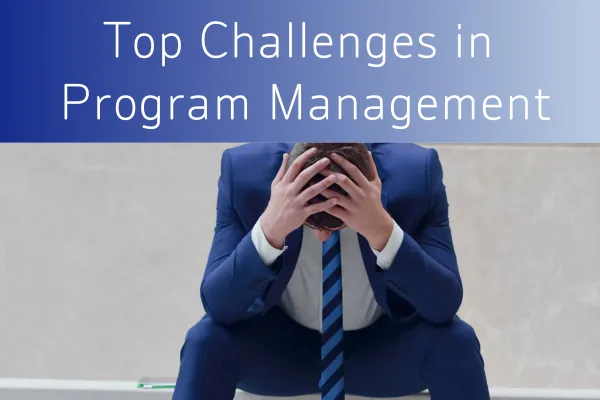Unique Identity ID:
C63YA76VK6W9

Synchronizing Expectations and Timelines in Complex Projects
How do you maintain alignment among stakeholders regarding program objectives and timelines in the face of complex, interconnected schedules?
Maintaining alignment among stakeholders regarding program objectives and timelines is crucial to the success of any project. However, this task can be daunting when dealing with intricate schedules and diverse stakeholder interests. This blog post delves into eight key strategies for fostering stakeholder alignment, drawing on real-world examples and expert insights to provide actionable guidance for project managers and leaders.
Here are some effective approaches:
1. Clear Communication of Objectives and Timelines
Project Charter and Scope Statement: Develop a comprehensive project charter and scope statement that clearly defines the program's objectives, deliverables, timelines, and stakeholder responsibilities. These documents should be shared and agreed upon by all stakeholders.
Regular Updates: Provide consistent updates on project progress, changes, and any issues that arise. This can be done through regular status reports, newsletters, and project dashboards.
2. Stakeholder Engagement and Involvement
Stakeholder Analysis and Mapping: Identify all stakeholders and understand their interests, influence, and expectations. Use stakeholder mapping techniques to categorize and manage them effectively.
Inclusion in Decision-Making: Involve key stakeholders in decision-making processes, particularly when it comes to changes in the schedule or scope. This ensures that their concerns are addressed and that they feel a sense of ownership over the project outcomes.
3. Regular and Structured Meetings
Kick-off Meetings: Start with a kick-off meeting to align all stakeholders on the project goals, timelines, and their roles.
Steering Committee Meetings: Establish a steering committee with representatives from key stakeholder groups. Hold regular meetings to review progress, discuss challenges, and make strategic decisions.
Progress Review Meetings: Schedule regular progress review meetings to discuss the current status, upcoming milestones, and any potential issues. Use these meetings to realign objectives and timelines as necessary.
4. Integrated Project Management Tools
Project Management Software: Use project management tools like Microsoft Project, Primavera P6, or Smartsheet to create a centralized platform for schedule tracking, task assignment, and progress monitoring. These tools can help visualize interdependencies and ensure everyone is on the same page.
Collaboration Platforms: Utilize collaboration platforms like Slack, Microsoft Teams, or Asana to facilitate real-time communication and document sharing.
5. Transparent Change Management Process
Change Control Board (CCB): Establish a Change Control Board to review and approve any changes to the project scope, schedule, or budget. This ensures that changes are carefully evaluated and communicated to all stakeholders.
Change Logs: Maintain a change log that records all changes, the reasons for them, and their impact on the project. Share this log with stakeholders to keep them informed and involved.
6. Risk Management
Risk Register: Develop a risk register to identify, assess, and manage risks. Regularly review and update this register with input from stakeholders.
Contingency Planning: Prepare contingency plans for potential risks that could impact the schedule or objectives. Communicate these plans to stakeholders to ensure they understand the strategies in place to address uncertainties.
7. Performance Metrics and KPIs
Key Performance Indicators (KPIs): Define and track KPIs that measure progress towards the program's objectives. Share these metrics with stakeholders to provide a clear picture of performance and areas needing attention.
Regular Reporting: Use dashboards and reports to present performance data in an easily understandable format. Highlight key achievements, upcoming milestones, and any deviations from the plan.
8. Conflict Resolution Mechanisms
Open Communication: Encourage open communication and a culture where stakeholders feel comfortable raising concerns or conflicts.
Mediation and Facilitation: Use mediation and facilitation techniques to resolve conflicts quickly and fairly, ensuring that the focus remains on achieving the program's objectives.
Examples and Case Studies
Heathrow Terminal 5: The successful completion of this project involved regular stakeholder meetings, transparent change management, and the use of advanced project management tools to keep everyone aligned on objectives and timelines .
Crossrail Project: Effective stakeholder engagement and rigorous risk management were key to managing the complexities of this large infrastructure project .
Effective stakeholder alignment is an essential ingredient for successful project delivery in today's complex business environment. By implementing the strategies outlined in this blog post, project managers can ensure that stakeholders remain engaged, informed, and committed to the project's objectives and timelines. A proactive approach to communication, engagement, risk management, and conflict resolution, supported by the appropriate tools and methodologies, is key to fostering alignment and driving project success. As the experiences of projects like Heathrow Terminal 5 and the Crossrail Project demonstrate, a focus on stakeholder alignment can deliver significant benefits, from streamlined decision-making to enhanced stakeholder satisfaction and long-term project success.
References
PMI. (2017). A Guide to the Project Management Body of Knowledge (PMBOK Guide) – Sixth Edition.
Kerzner, H. (2017). Project Management: A Systems Approach to Planning, Scheduling, and Controlling.
Lock, D. (2020). Project Management.
Looking for more insights and resources to help you effectively manage complex programs and stakeholder alignment? Check out our iPrograms podcast, where we delve into the latest trends, best practices, and real-world experiences in project management. Our expert guests share valuable lessons learned and practical tips to help you navigate the complexities of interconnected schedules and diverse stakeholder interests. Tune in to the iPrograms podcast today to expand your knowledge and stay ahead in the fast-paced world of project management.
You can find the iPrograms podcast on popular platforms such as:
Don't miss out on this valuable resource – subscribe to the iPrograms podcast today and start enhancing your project management skills!


